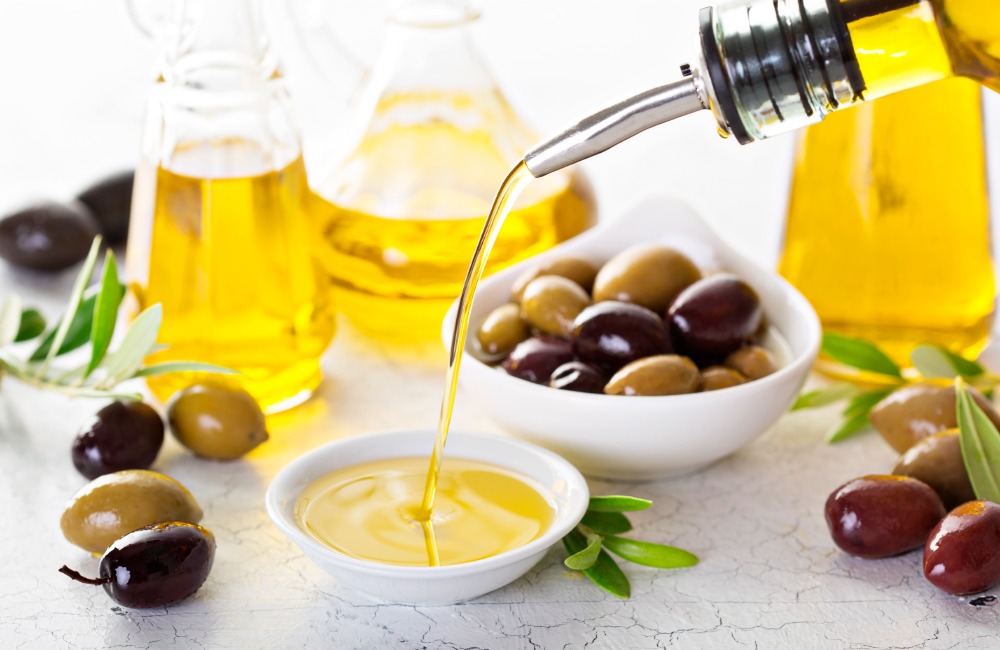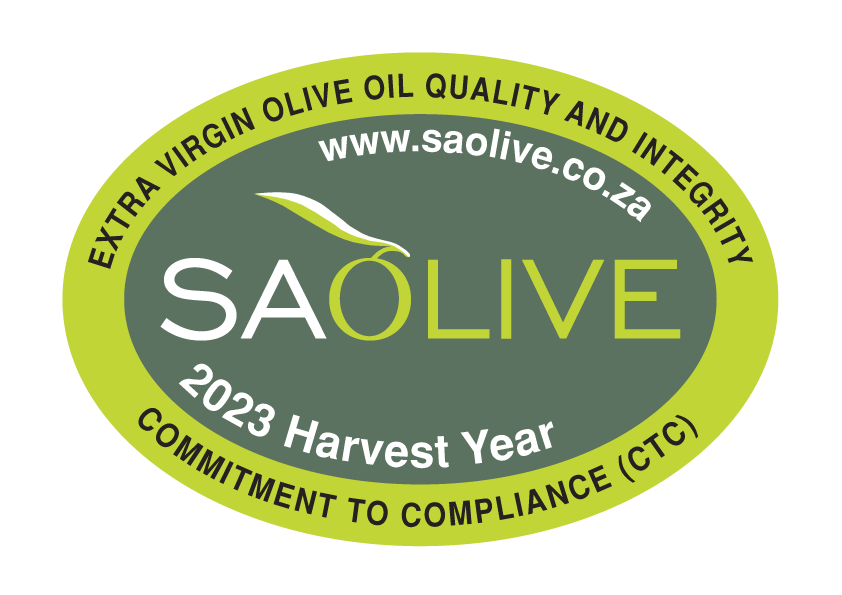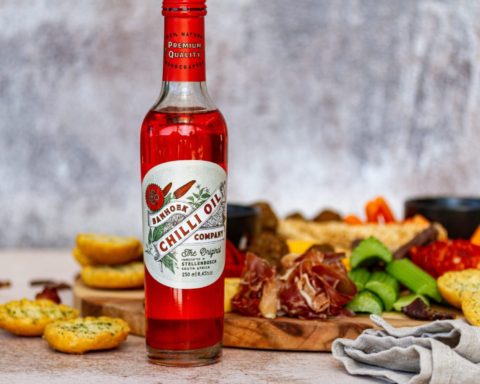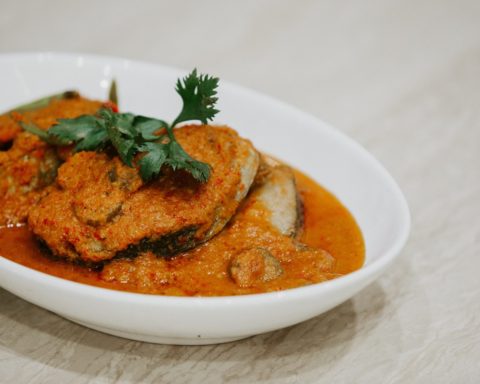Unlock the truth about extra virgin olive oil (EVOO) as we debunk seven prevalent myths surrounding this liquid gold. One of the most common misconceptions is that cooking at high temperatures, even frying, is off-limits when using EVOO.
However, let’s set the record straight: you can confidently cook and fry with EVOO, and it comes with an array of health benefits. SA Olive is here to dispel this myth and shed light on other misconceptions that may have clouded your perception of EVOO. Get ready for an enlightening journey that will revolutionize the way you view this extraordinary oil.
Myth 1: All Extra Virgin Olive Oils are the same.
Fact: This is a misconception. It’s important to understand that not all Extra Virgin Olive Oils are created equal. While EVOO represents the highest grade of olive oil, the flavour profiles can vary significantly. Several factors contribute to these variations, including olive variety, terrain, growing conditions, harvesting methods, extraction processes, and storage. To ensure authenticity, consider seeking out South African olive oils with the SA Olive seal. This seal signifies compliance with the SA Olive Codes of Practice, 100% South African origin, and the oil being genuinely Extra Virgin and not Virgin or Refined Olive Oil.
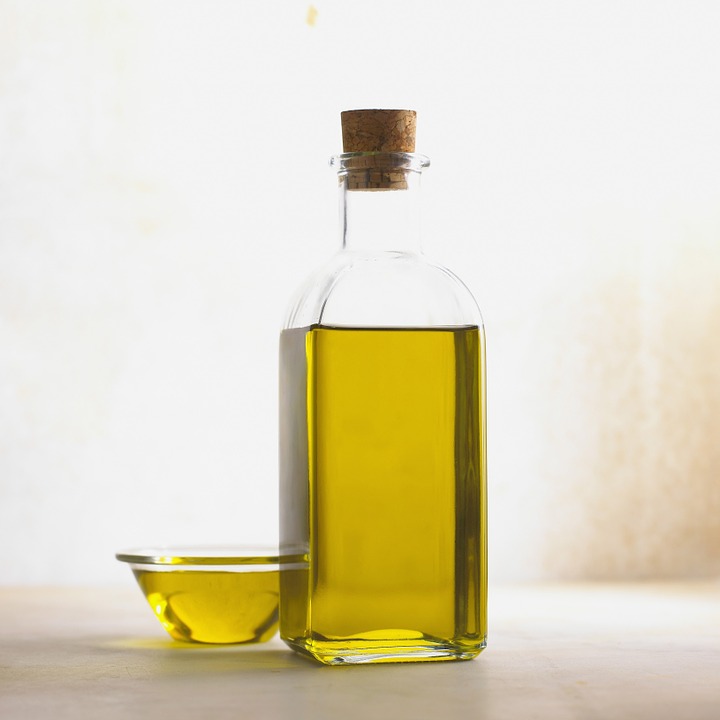
Myth 2: An exceptionally green colour indicates a high-quality EVOO.
Fact: The quality of EVOO cannot be determined solely by its colour. High-quality EVOO can range from pale yellow to dark green. The colour primarily depends on the type of olives used and their ripeness during processing.
Myth 3: EVOO is not suitable for cooking at high temperatures and becomes unhealthy when heated.
Fact: Contrary to popular belief, EVOO has a smoke point ranging between 200 and 220°C, which is higher than typical cooking temperatures. It is perfectly suitable for sautéing, deep frying, and baking. Even when EVOO reaches its smoke point, it does not become carcinogenic and retains many of its beneficial properties.
Myth 4: EVOO never expires and can be stored indefinitely.
Fact: Like most food products, EVOO has a limited shelf life and can eventually go rancid. While it has a longer shelf life compared to other oils, it is crucial to store it properly. Keep EVOO in a closed container, in a dark and cool place, and consume it within a reasonable timeframe. When stored correctly, EVOO can be kept for up to two years from harvest.
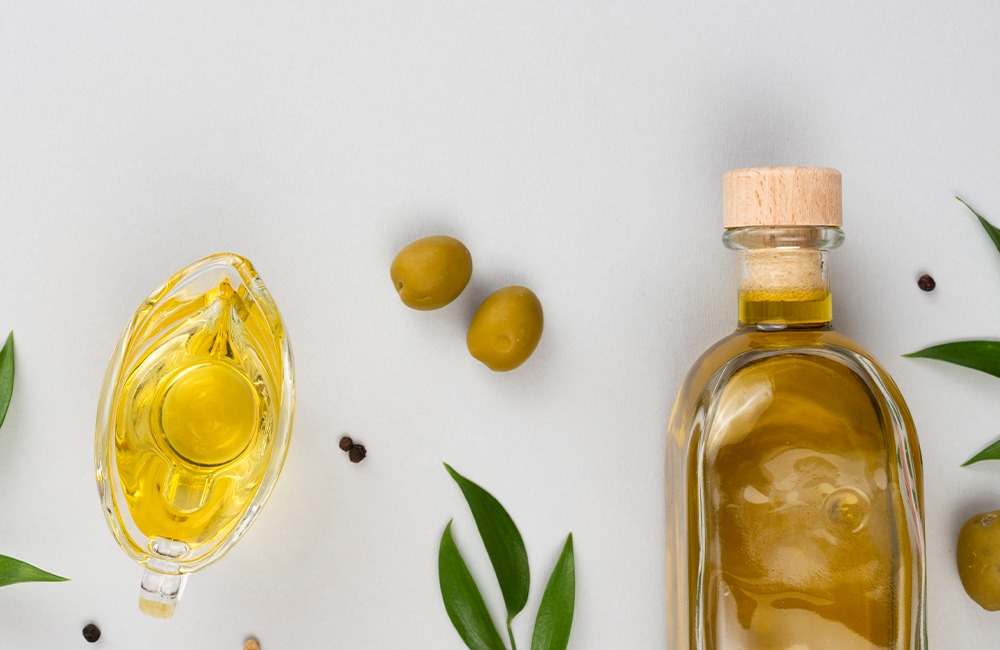
Myth 5: Imported EVOO is better than local.
Fact: Local EVOO is a better choice. Opting for locally produced EVOO eliminates the need for extensive transportation, ensuring a shorter “farm to table” delivery. By choosing local EVOO, consumers can enjoy the freshest product while contributing to reducing carbon emissions.
Myth 6: Light olive oil is less fattening.
Fact: Regardless of colour, olive oils generally contain the same number of calories per unit. However, EVOO, rich in monounsaturated fats and antioxidants, offers greater health benefits compared to other olive oils.
Myth 7: EVOO is expensive.
Fact: EVOO is classified as the highest quality grade of olive oil according to international legislation. Its higher retail price is justified by the meticulous care, extensive management, and costs involved in the entire production process, from growing and harvesting to extraction, decanting, packaging, and storage. The added value of genuine EVOO makes it a worthwhile investment.
Now that your fears are quelled, try your favourite recipe using certified SA Olive Extra Virgin Olive Oil.
